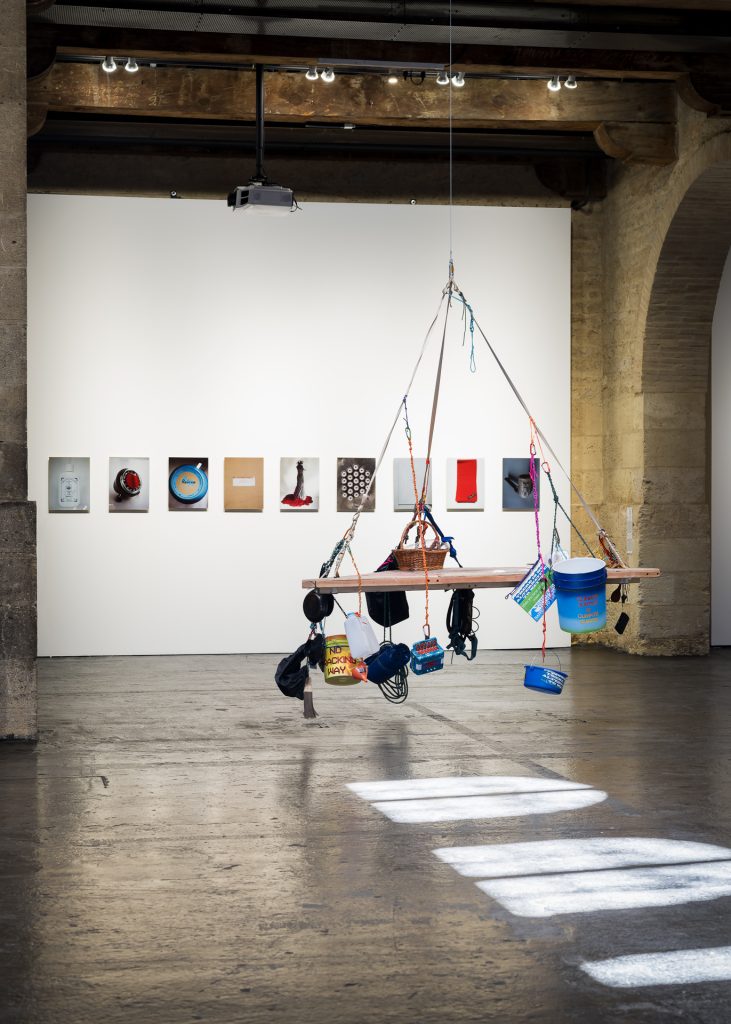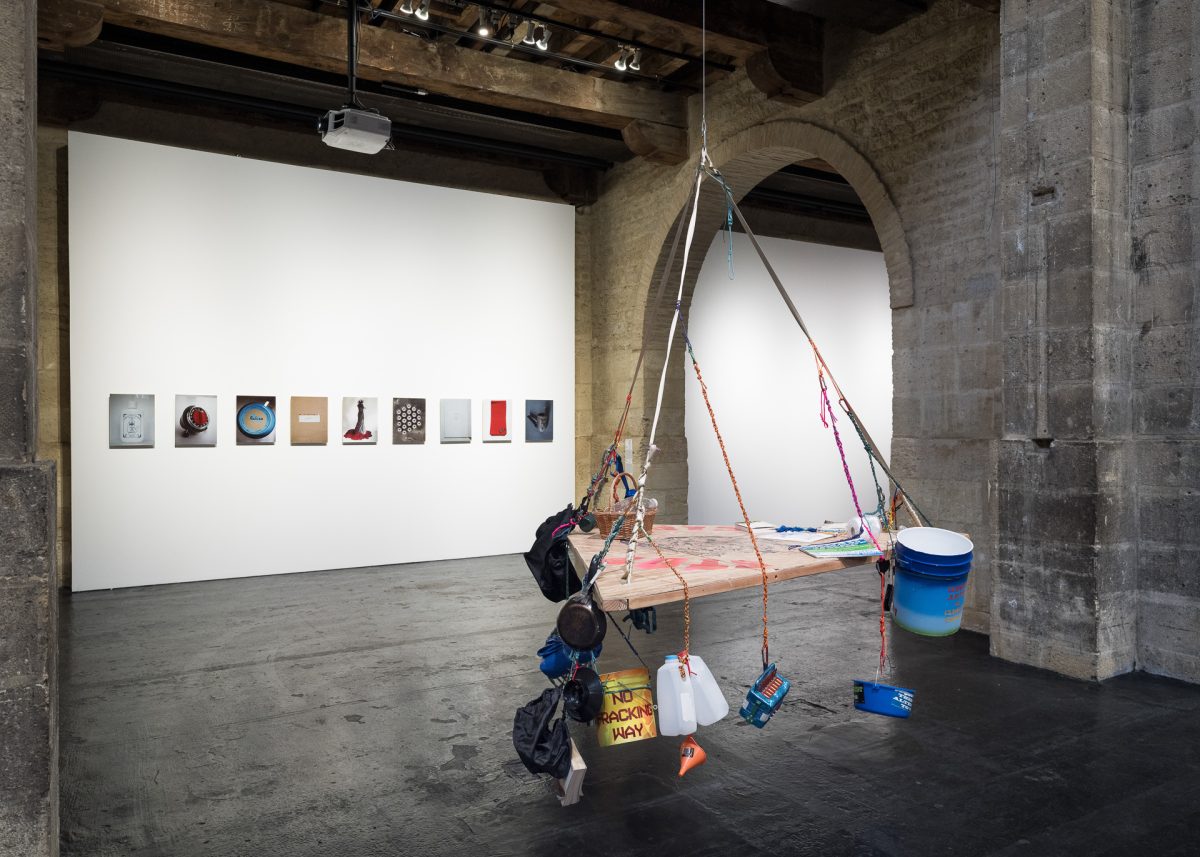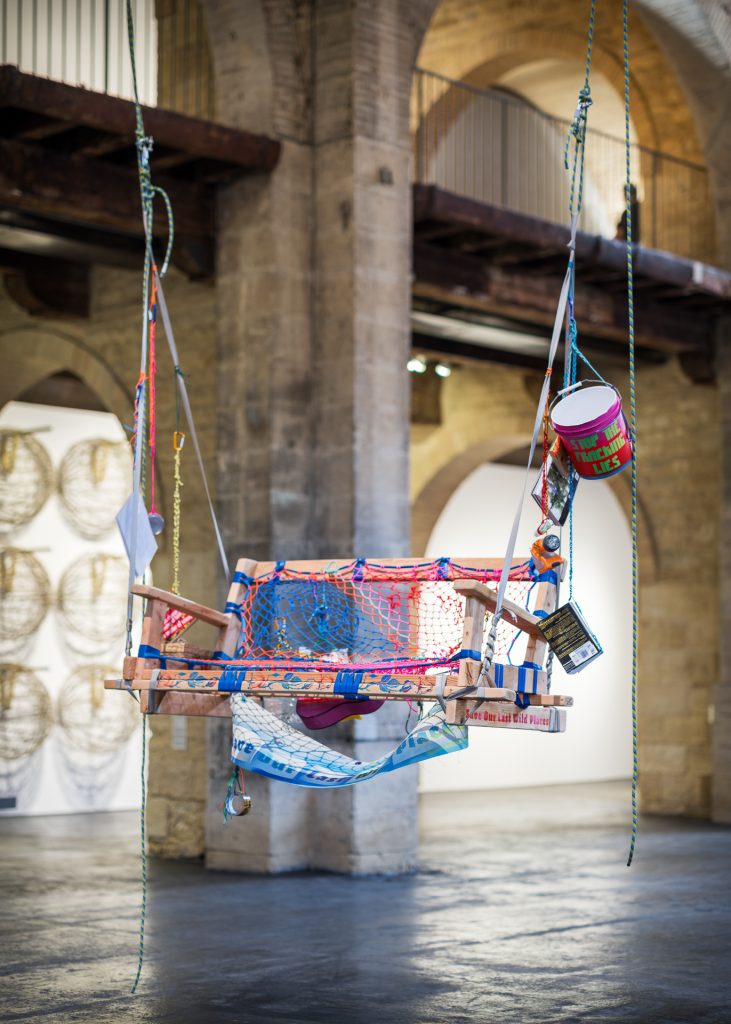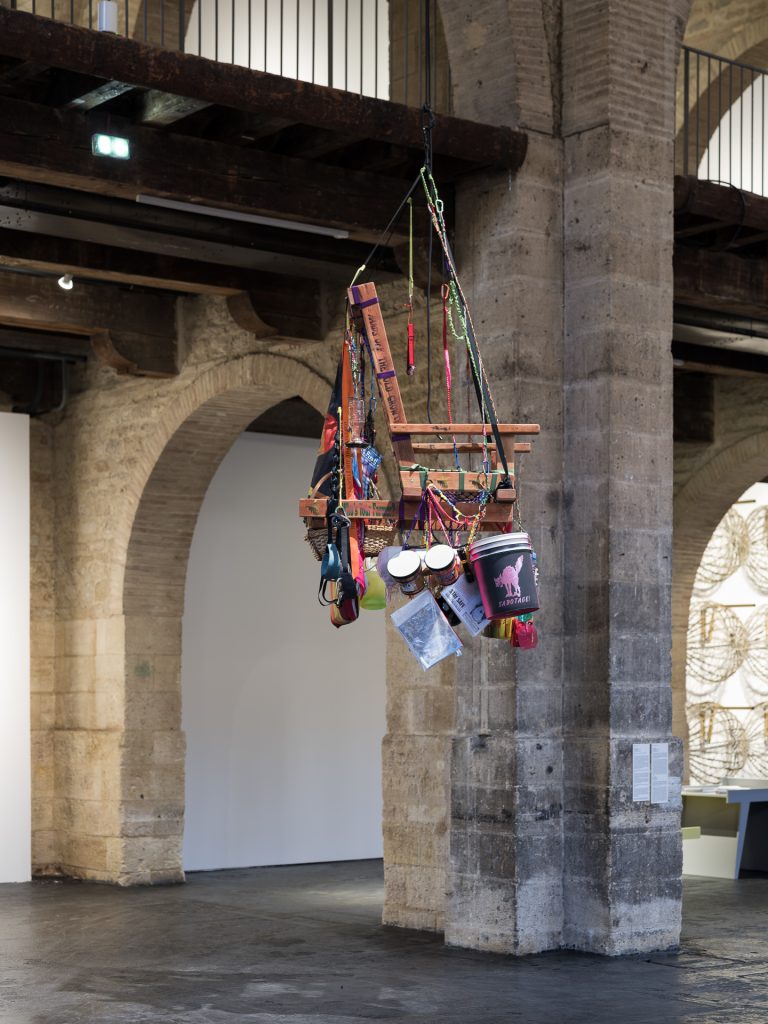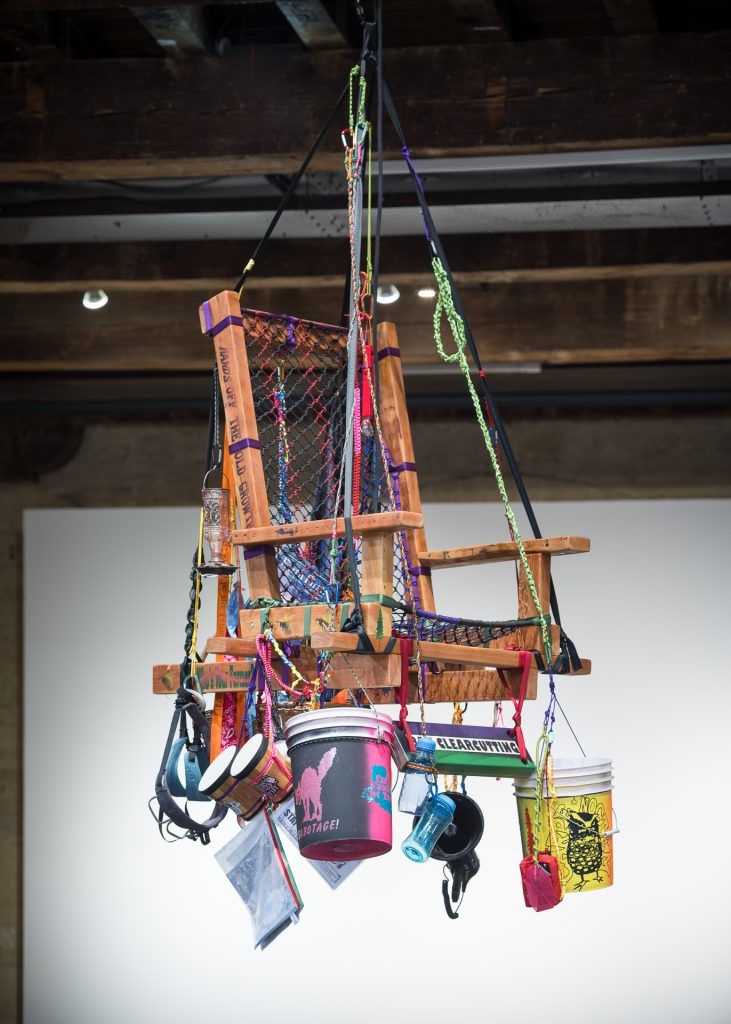
The urgency of responding to ecological, economic, and institutional crises—each reaching critical intensity in recent years—has prompted many artists to explore alternatives to the exhausting, extractive, and unsustainable systems of life and labour that we are often tempted to accept, and which constrain our collective imagination.
The artists featured in the exhibition draw inspiration from the margins and interstices of the everyday, devising new ways of being in the world. They focus on ordinary tools and objects, which they reclaim and repurpose; on fragile, unstable materials; on precarious situations and shifting spaces; and on undervalued forms of labour. Their work renders tangible the multiple, unstable, and entangled worlds that people continue to quietly craft together.
Collecting, recycling, reusing, transforming, collaborating, repairing, borrowing, hacking, investigating—these are just some of the methodologies that inform and sustain their practices. Driven by both a desire for autonomy and a clear-eyed realism, the invited artists engage in forms of creative improvisation—”ways of doing”—that allow them to reclaim the goods, tools, and spaces that shape their lives. Across a wide range of formal expressions, the idea of transformation—of materials, tools, and uses—emerges as a central concern.
Borrowing its title from the unclassifiable figure of Michel de Certeau—priest, philosopher, and historian—the exhibition The Practice of Everyday Life is conceived, designed, and produced in close dialogue with its subject matter. The Capc museum and the city of Bordeaux are approached here as grounds for experimentation, open to the most diverse collaborations—from institutional networks to artist-run initiatives—generating shared experiences with the public, and gathering and reusing materials from the cultural and urban fabric.
This exhibition amplifies the voices of artists who are also researchers—seeking out singular, inventive, secret, and sovereign forms of joy. In doing so, it aims to become what the American essayist bell hooks once described as “a space of encouragement.”

